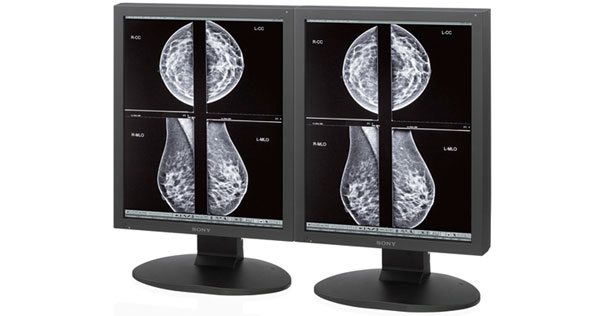The frequency of breast cancer screening has been a hot button issue in the field of Medical Imaging, with concerns being raised over the costs of mammograms being combated by the positive impact they have on cancer screening for women. Health technology innovations such as low-dose Mammography Equipment work to decrease radiation exposure while providing top-of-the-line results for radiologists.
According to a study published in Annals of Internal Medicine, reducing annual exams down to every two years could save the U.S. almost $8 million per year in health care costs. However, supporters of yearly breast screenings feel that the study is too focused on the cost analysis of mammograms rather than the health benefits the Diagnostic Imaging procedures pose to women.
“The debate over how often and at what age mammography screening should be implemented continues. In this research, we wanted to ask the question of how much different screening protocols cost – with the idea that then we could better understand how best to use that money for women’s benefit,” Cristina O’Donoghue, M.D., lead author, said to AuntMinnie.com.
Following the recommendations of the USPSTF
Previously, the U.S. Preventive Services Task Force (USPSTF) released its recommendations in 2009 regarding mammogram frequency. The organization felt that women should start scans at the age of 50 rather than 40 and have them done every two years instead of annually. Additionally, for the age range of 40 to 49 years it was recommended to conduct digital imaging screenings strictly on a risk-based basis.
Some organizations, including the U.S. Department of Health and Human Services, disagreed with the USPSTF recommendations and rejected the group’s guidelines. In addition, the American Cancer Society continues to support the process of beginning annual screenings at the age of 40.
While reputable organizations separate themselves from the claims of the USPSTF, the findings from O’Donoghue’s study stand behind the organization’s protocols. It supports maximizing patient benefits by reducing instances of false positives and unnecessary procedures.
Saving money on costs
From their results, the research team was able to determine that the USPSTF recommendations would cost roughly $3.5 billion per year, while annual screenings of women between the ages of 40 and 84 cost around $10.1 billion.
Although the potential savings would be significant, some providers believe focusing on cost ignores the data regarding lives being saved from mammograms. While understanding the costs associated with different frequencies of exams is important, one physician believes that the study should have also focused on the potential number of lives that would be lost if scans were conducted less often.
“This article is based on the assumption that the USPSTF’s 2009 report reached appropriate conclusions. And absent from both the article and the editorial commentary is any discussion about lives saved by annual screening that starts when women are 40,” said David Dershaw from the Memorial Sloan-Kettering Cancer Center.
The debate over medical imaging frequencies will continue, even as more advanced innovations are released. With more radiologists and other imaging specialists looking to reduce the amount of redundant testing and decrease patient exposure to radiation levels, the guidelines for mammograms may begin to change
Ronny Bachrach
Latest posts by Ronny Bachrach (see all)
- Konica Minolta Debuts First-of-Its-Kind Digital U-Arm System at AHRA - July 27, 2016
- Researchers Detect Signs Of Stroke Risk Using MRI - June 27, 2016
- Imaging Biz: Q&A with David S. Channin MD: How to Make PACS Patient Centered - June 22, 2016






